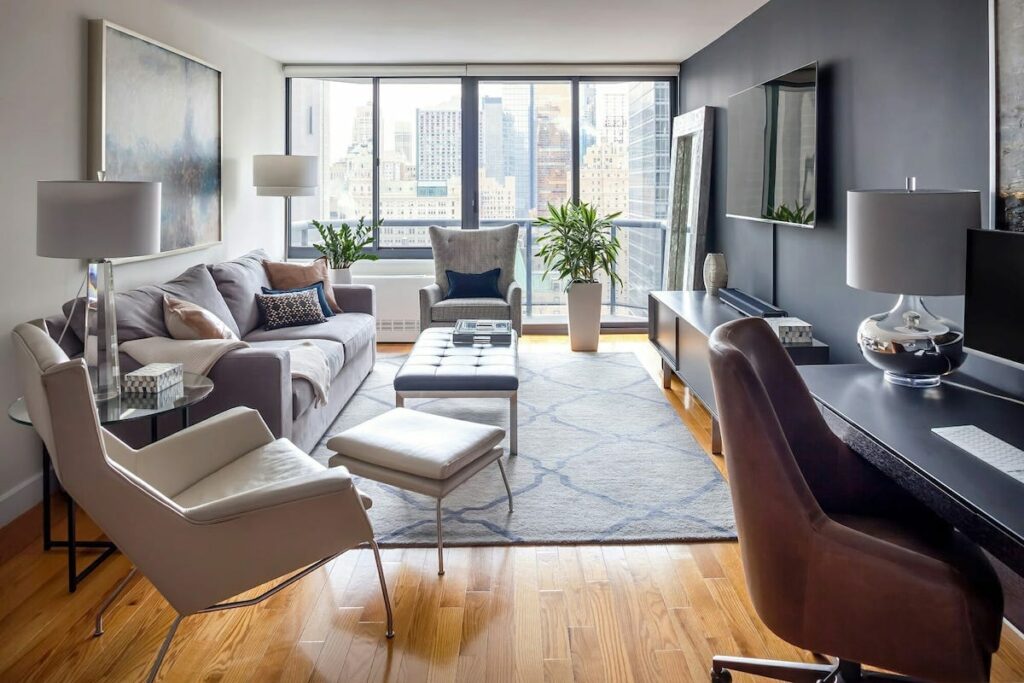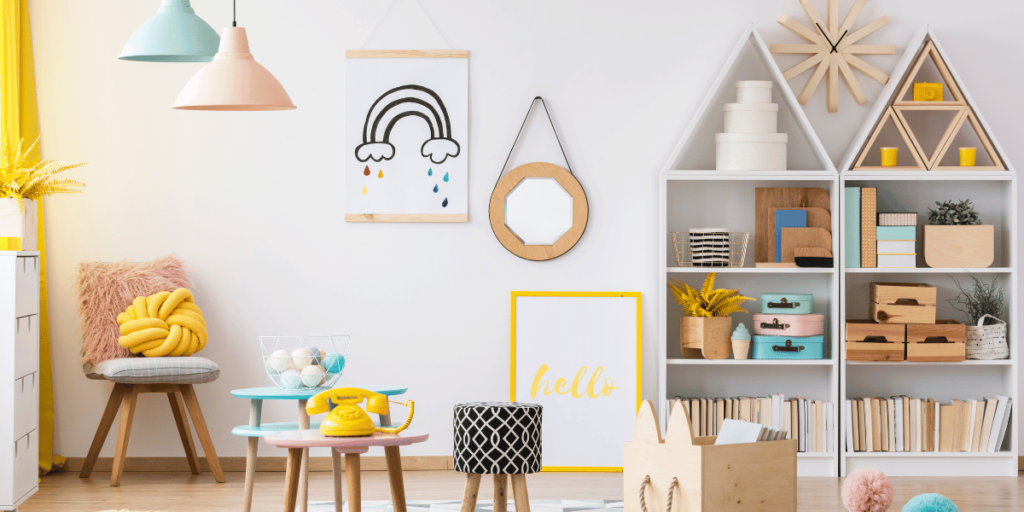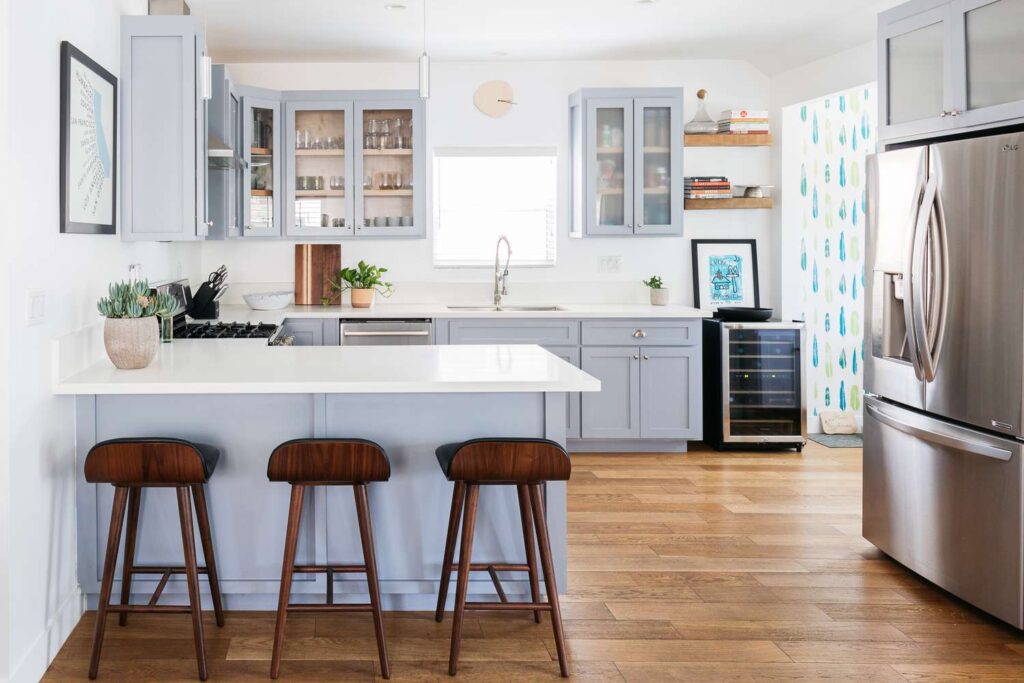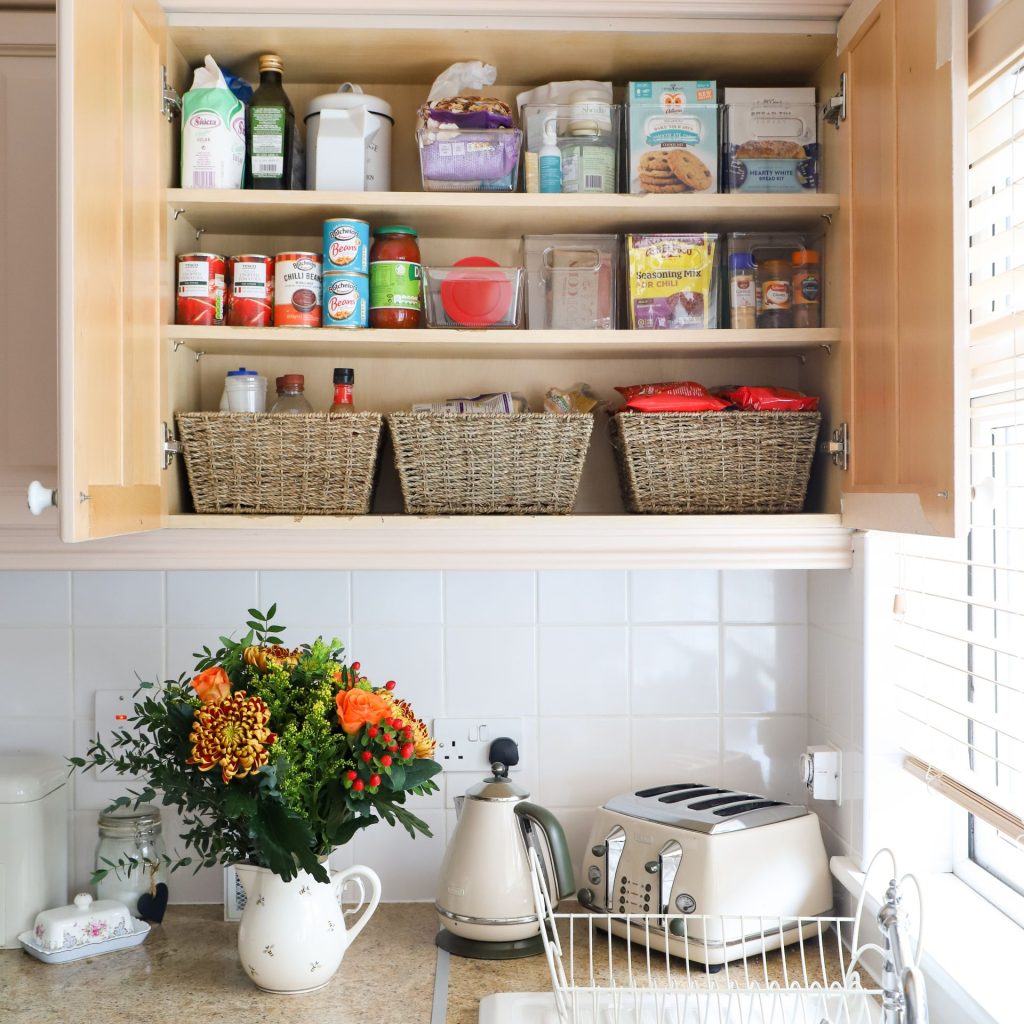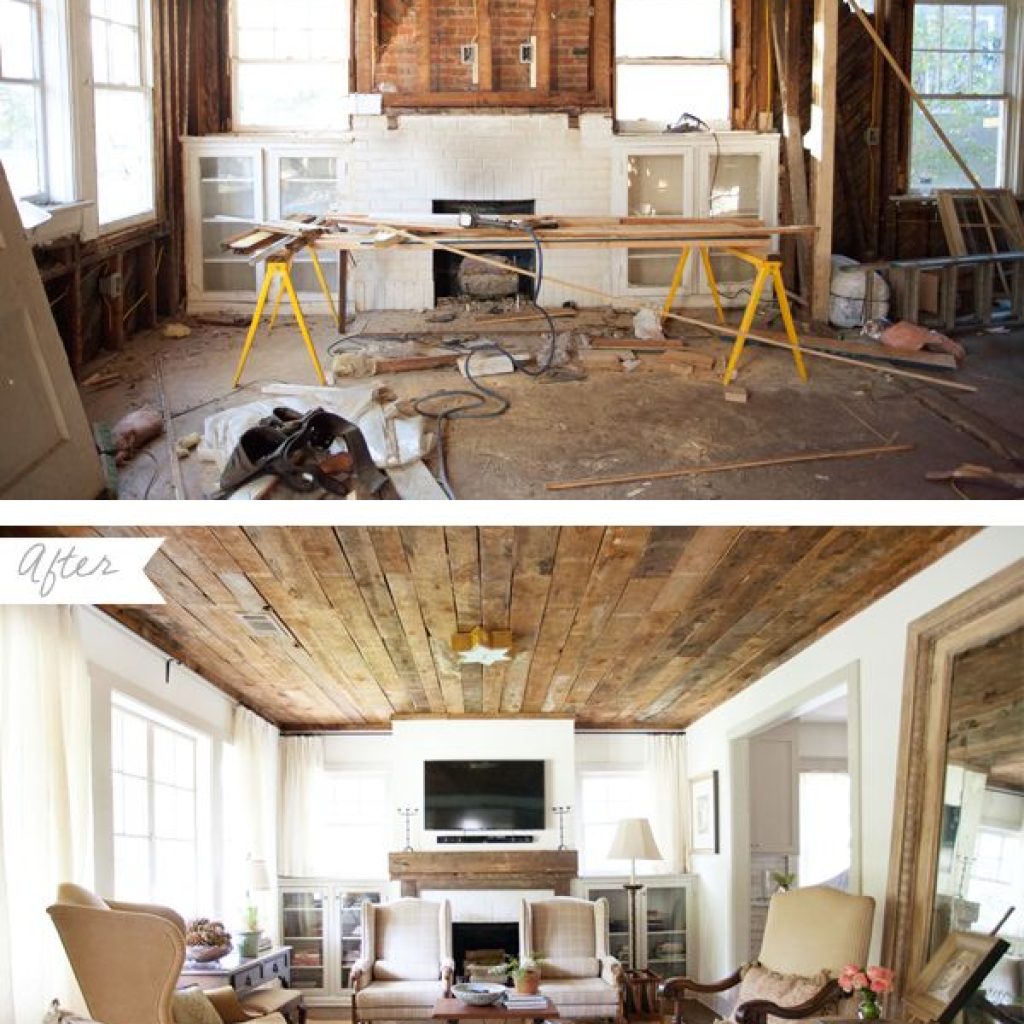Building a custom home is an exciting journey. But, how much to build a custom home really cost?
Creating a dream home is more than just picking a design. It’s about understanding the costs involved. From land purchase to final touches, many factors influence the budget.
Location, materials, and size all play a role. Custom homes offer unique benefits but come with varied expenses.
Knowing the costs upfront can help you plan better.
This blog will guide you through the essential aspects of building a custom home. If you’ve ever wondered how much to build a custom home, get ready to discover what goes into the pricing and how to make informed decisions.
Let’s dive into the details of building your perfect home, tailored to your vision.

Introduction To Custom Home Building
Building a custom home is a dream for many. It offers a chance to create a space that perfectly fits your lifestyle and tastes. Custom homes give you control over design, materials, and layout.
This process can be exciting and rewarding. But it also requires careful planning and consideration. Understanding the basics is key to a successful project.
Benefits Of Custom Homes
Custom homes provide numerous benefits. You can design a space that meets your needs. Every room and feature can be tailored to your preferences. This means no wasted space. Plus, you get to choose high-quality materials and finishes. This often results in a more durable and stylish home.
Another benefit is the ability to incorporate energy-efficient features. You can install solar panels, energy-efficient windows, and insulation.
These choices can save money on utility bills, and when considering how much to build a custom home, it’s worth noting that custom homes often offer better resale value. Unique designs and high-quality construction attract buyers, making it a smart long-term investment.
Initial Considerations
“Before starting your custom home project, there are some key considerations—budget being one of the most important. Understanding how much to build a custom home will help you make informed decisions about the size, materials, and features that fit within your financial plan.
Next, find a suitable location that fits your needs and preferences for your custom home project.
Hiring the right team is crucial. Look for experienced architects and builders. Check their references and previous work.
Communication is important. Make sure they understand your vision and budget.
Lastly, consider the timeline. When thinking about how much to build a custom home, remember that time is also an investment—building a custom home takes time, so be prepared for a lengthy process.

Credit: kgarch.com
Determining Your Budget
Building a custom home is a dream for many, but understanding how much to build a custom home is vital. Determining your budget helps you plan better and ensures you stay within financial limits. Let’s explore the key factors and steps for setting a realistic budget
Factors Influencing Costs
Several factors affect the cost of building a custom home. The location of your home plays a big role. Land prices vary greatly from place to place. The size and design of your home also impact costs. Larger homes need more materials and labor.
The quality of materials you choose is another factor. High-end finishes increase the total cost. The complexity of your design matters too. Unique features or custom elements can raise expenses. Local labor rates also affect your budget.
Setting A Realistic Budget
Start with a clear plan. List all potential expenses. Include land costs, permits, and materials. Think about labor and contractor fees. Don’t forget about unexpected costs. Set aside a contingency fund. Aim for around 10% of your total budget.
Consult with a builder or architect. They can provide accurate estimates. Compare their quotes with your budget. Make adjustments if needed. Remember to prioritize essential features. Consider scaling back on non-essentials.
Track your spending during the project. Stay within your budget. Regularly review your expenses. This helps avoid overspending. A well-planned budget ensures your dream home becomes a reality.
Land Acquisition Costs
When thinking about building a custom home, one of the first things to consider is the cost of acquiring land. This step is crucial because the location and size of your land can significantly impact the overall budget.
Let’s delve into the specifics of land acquisition costs, starting with choosing the right location and additional land expenses.
Choosing The Right Location
Choosing the right location for your custom home is like picking the perfect piece of chocolate from a box – it can be overwhelming but oh so important! The location will affect not only the cost but also your lifestyle. Do you want a quiet countryside or a bustling city?
Here are some factors to consider:
- Proximity to amenities: Schools, hospitals, shopping centers, and parks.
- Neighborhood: Safe and friendly environment.
- Accessibility: Roads, public transportation, and commute times.
Personally, I remember when I chose to build my home near a park. The kids loved it, and it was worth every penny. So, think about what matters most to you and your family.
Additional Land Expenses
Besides the cost of purchasing the land, there are additional expenses that you need to be aware of. These can sometimes sneak up on you like a surprise guest at a party!
Here’s a quick rundown:
- Land Preparation: Clearing trees, leveling ground, and soil testing.
- Legal Fees: Title searches, deed registration, and lawyer costs.
- Utilities: Connecting water, electricity, gas, and internet.
I once had to pay extra for a soil test because my land was near a stream. It felt like an unexpected bill at a restaurant, but it ensured my home was safe and stable.
Understanding these costs helps you avoid surprises and budget effectively. So, whether you’re dreaming of a serene countryside retreat or a vibrant urban abode, keep these expenses in mind to make informed decisions.
Design And Architectural Fees
Building a custom home is an exciting journey, but it can be a bit overwhelming—especially when you’re trying to figure out how much to build a custom home. One of the critical cost factors in this process is the design and architectural fees.
These fees are crucial as they cover the cost of bringing your vision to life. From creating the initial plans to finalizing the details, the design and architectural fees are a significant part of your budget.
Let’s dive into the key components of these costs, focusing on hiring an architect and the difference between custom and standard designs.
Hiring An Architect
Hiring an architect is often the first step in the custom home building process. An architect will help you translate your ideas into a workable plan. They will also ensure your design meets local building codes and regulations.
- Initial Consultation: This is where you discuss your ideas and budget. The architect will give you an estimate of their fees.
- Design Phase: During this phase, the architect creates detailed drawings and plans. This is often a fixed fee or a percentage of the total project cost.
- Construction Documents: These are detailed drawings used by the builder to construct the home. This phase may involve additional fees.
Architect fees can vary widely based on their experience and the complexity of the project. It’s essential to discuss all costs upfront to avoid surprises later on.
Custom Vs. Standard Designs
Another important consideration is whether to go for a custom design or a standard design. This decision can significantly impact your design and architectural fees.
| Custom Design | Standard Design |
|---|---|
| Unique to your preferences | Pre-designed templates |
| Higher architectural fees | Lower fees |
| More flexibility | Limited customization |
Custom designs allow you to create a home that perfectly suits your needs and tastes. However, they come with higher fees due to the amount of work involved.
On the other hand, standard designs are more affordable but offer less flexibility. It’s a trade-off that depends on your budget and how specific your requirements are.
Whether you choose a custom or standard design, remember that the goal is to create a home that you will love and enjoy for years to come. So, take your time to weigh the options and choose what works best for you.
Construction Costs Breakdown
Building a custom home is an exciting journey, but it can also be a costly one. If you’ve been asking yourself how much to build a custom home, understanding the construction cost breakdown is crucial to keep your budget in check and avoid any financial surprises. Here, we will delve into the details of the two major cost components material expenses and labor costs—to give you a clearer picture of what to expect.
Material Expenses
Material expenses are a significant part of your construction budget. These include everything from the concrete foundation to the finishing touches, like paint and fixtures. Let’s break it down further:
- Foundation and Framing: The foundation and framing are the backbone of your home. These usually take up about 15-20% of your total construction budget. The cost can vary based on the size and complexity of the house.
- Roofing and Siding: Roofing materials like shingles or tiles, and siding materials like brick or vinyl, contribute to about 10-15% of the budget. The choice of materials will significantly affect the cost.
- Windows and Doors: Quality windows and doors are essential for security and insulation. These can consume around 5-10% of your budget.
- Interior Finishes: This includes flooring, cabinetry, countertops, and paint. Interior finishes can range from 20-25% of the total cost, depending on the materials you choose.
- Plumbing and Electrical: Essential systems like plumbing and electrical wiring typically take up about 10-15% of your budget.
Labor Costs
Labor costs are another crucial part of your construction expenses. Skilled workers are essential to ensure your home is built safely and efficiently. Here’s how these costs break down:
- General Contractor: A general contractor oversees the entire construction process. Their fee is usually around 10-20% of the total project cost. It’s worth every penny to have someone experienced managing your build.
- Specialized Labor: This includes plumbers, electricians, and HVAC technicians. These professionals are highly skilled and their labor costs can be significant. Typically, they account for about 15-25% of the budget.
- Carpenters and Masons: These workers handle the framing, roofing, and masonry work. Their labor costs are generally around 10-15% of the total construction budget.
- Finish Work: Finish carpenters, painters, and tilers bring the final touches to your home. Their labor costs can range from 5-10% of the budget.
It’s important to remember that these percentages can vary based on location, the complexity of the design, and the quality of materials chosen. Always keep a buffer for unexpected costs. Building a custom home is a big investment, but with careful planning and budgeting, you can create the home of your dreams without breaking the bank.
Permits And Legal Fees
Building a custom home involves many steps. One crucial aspect is managing permits and legal fees. These are essential for ensuring your home meets local regulations. Understanding these costs can help you budget more effectively.
Necessary Permits
Before construction, you need several permits. These include building, electrical, and plumbing permits. Each permit ensures your home complies with safety standards. Permit costs vary by location and project complexity. Some areas may require additional permits for environmental or zoning issues.
Legal Considerations
Legal fees cover various aspects of your home build. You might need a lawyer to review contracts. They ensure your interests are protected. Legal fees also cover title searches and deed preparation. Be prepared for these costs to avoid surprises.
In summary, understanding permits and legal fees is vital. It ensures a smooth construction process. Proper planning can help you manage these expenses effectively.
Financing Your Custom Home
Building a custom home is a dream for many, but financing it can be quite a puzzle. How do you secure the funds needed without breaking the bank?
This section dives into the nuts and bolts of financing your custom home, offering clear and simple guidance on loan options and managing payments. Let’s make your dream home a reality, one step at a time.
Loan Options
When it comes to financing your custom home, there are several loan options available. Choosing the right one depends on your financial situation and how you plan to manage the construction process. Here are some common loan options:
- Construction-to-Permanent Loans: This is a two-in-one loan that covers the construction phase and then converts into a permanent mortgage once the home is complete. It simplifies the process by reducing closing costs and requiring only one set of fees.
- Construction-only loans: These loans cover the cost of building your home but need to be paid off once construction is complete. You’ll need to secure a separate mortgage to pay off the construction loan, which means you’ll face two sets of closing costs.
- Owner-Builder Loans: If you have the skills and time to act as your own general contractor, you might qualify for an owner-builder loan. This option can save money but also requires you to manage the construction process.
Choosing the right loan can feel like navigating a maze. But remember, each option has its pros and cons. Take your time, do your research, and consult with a financial advisor to make the best decision for your situation.
Managing Payments
Managing payments during the construction of your custom home can be challenging. However, with a structured plan, it can be more manageable. Here are some tips to help you stay on top of your finances:
- Create a Budget: Outline all expected costs, including materials, labor, permits, and unexpected expenses. A detailed budget helps keep your finances in check.
- Track Expenses: Keep a close eye on your spending throughout the construction process. Use apps or spreadsheets to monitor expenses and adjust your budget as needed.
- Schedule Payments: Work with your lender to create a payment schedule that aligns with your construction timeline. This ensures that funds are available when you need them without unnecessary delays.
- Plan for Contingencies: Construction projects often face unexpected costs. Set aside a contingency fund to cover any surprises, ensuring you won’t be caught off guard.
Managing payments might feel like juggling, but with the right approach, you can keep all the balls in the air. Stay organized, communicate with your lender, and be prepared for the unexpected. After all, every step brings you closer to your dream home.
Financing your custom home doesn’t have to be a daunting task. By understanding your loan options and managing your payments effectively, you can pave the way to building the home you’ve always wanted.
Tips For Cost Efficiency
Building a custom home is an exciting journey, but it can also be a costly one. However, with some savvy planning and strategic decisions, you can keep your expenses in check without compromising on quality. In this section, we’ll explore several tips for cost efficiency to help you build the home of your dreams within your budget.
Smart Material Choices
One of the easiest ways to save money is by selecting cost-effective materials. Here are some tips:
- Use reclaimed materials: Opt for salvaged wood, bricks, and fixtures. They add character and are often cheaper.
- Choose engineered products: Materials like engineered wood or stone offer durability at a fraction of the cost of natural products.
- Buy in bulk: Purchasing materials in bulk can often lead to discounts.
Consider attending local building supply auctions or surplus stores for great deals. It’s amazing what you can find when you know where to look!
Efficient Design Solutions
Design efficiency is key to keeping costs down. Here are some suggestions:
- Simple floor plans: Complex designs with numerous angles and corners can be expensive. Simple, open layouts are not only cost-effective but also in vogue.
- Multi-functional spaces: Design rooms that serve more than one purpose. For instance, a guest room that doubles as an office.
- Standard sizes: Using standard sizes for doors, windows, and cabinets can save money as custom sizes often require special orders and higher costs.
Think about future-proofing your design as well. A well-thought-out design can prevent costly modifications down the road.
By making smart material choices and adopting efficient design solutions, you can build a custom home that fits your budget without sacrificing style or quality. Remember, every little saving adds up, and your dream home is within reach with a bit of planning and creativity.
Unexpected Expenses
Building a custom home is a dream for many. But unexpected expenses can quickly turn that dream into a financial nightmare. These costs can sneak up on you. It’s important to be prepared.
Contingency Planning
Setting aside a contingency fund is crucial. This fund should be 10-15% of your total budget. It acts as a safety net. It covers unforeseen expenses that might arise during construction.
Without a contingency plan, you risk running out of funds. This can lead to delays and compromises on quality. Always plan for the unexpected.
Common Surprises
Soil issues are a common surprise. Poor soil conditions can require extra foundation work. This can be costly. It’s essential to test soil quality early.
Weather delays are another issue. Bad weather can halt construction. This leads to longer timelines and higher labor costs. Factor in potential weather disruptions.
Permit fees can also add up. Different areas have different permit requirements. These can be expensive and vary greatly. Always check local regulations before starting.
Lastly, changes in material costs can affect your budget. Prices can fluctuate due to market conditions. Keep an eye on material prices. Adjust your budget accordingly.
Frequently Asked Questions
How Much to Build a Custom Home: 2500 Sq Ft House Cost in Texas
Building a 2500 sq ft house in Texas typically costs between $250,000 to $500,000. Costs vary based on location, materials, and finishes.
Is $300,000 Enough To Build A House?
$300,000 can be enough to build a house, depending on location, size, materials, and labor costs. Research local prices.
Can You Build A Custom Home For 200k?
Building a custom home for $200K is possible, but depends on location, size, and materials used. Consult a local builder for accurate estimates.
How Much to Build a Custom Home: 3,000 Sq Ft House In Austin
Building a 3,000 sq ft house in Austin typically costs between $300,000 and $600,000. Costs depend on materials, location, and design.
Conclusion
Building a custom home involves various costs. Understand your budget and needs first. Discuss with professionals to get accurate estimates. Keep an eye on hidden fees. Plan wisely to avoid surprises. Custom homes offer unique benefits. They allow you to personalize every detail.
This investment can bring long-term satisfaction. Take your time to research and decide. Your dream home is worth the effort. Happy building!

